The Lake District is known for many things, including its links to poet William Wordsworth and its beauty. Whilst there is an abundance of beautiful locations in this area, some of the best villages in the Lake District are exceptional with their comforting travel lodgings, picturesque views and their variety of activities to experience.
Whether you want to immerse yourself in the history or take advantage of the luxurious landscapes, these Lake District villages are the ideal place for you to explore everything this part of England has to offer. Each of these villages in Cumbria has something unique to appeal to their visitors, and has a rich history for you to delve into during your Lake District visit.
Here are some of the best places in the Lake District to visit.
1) Grasmere Village
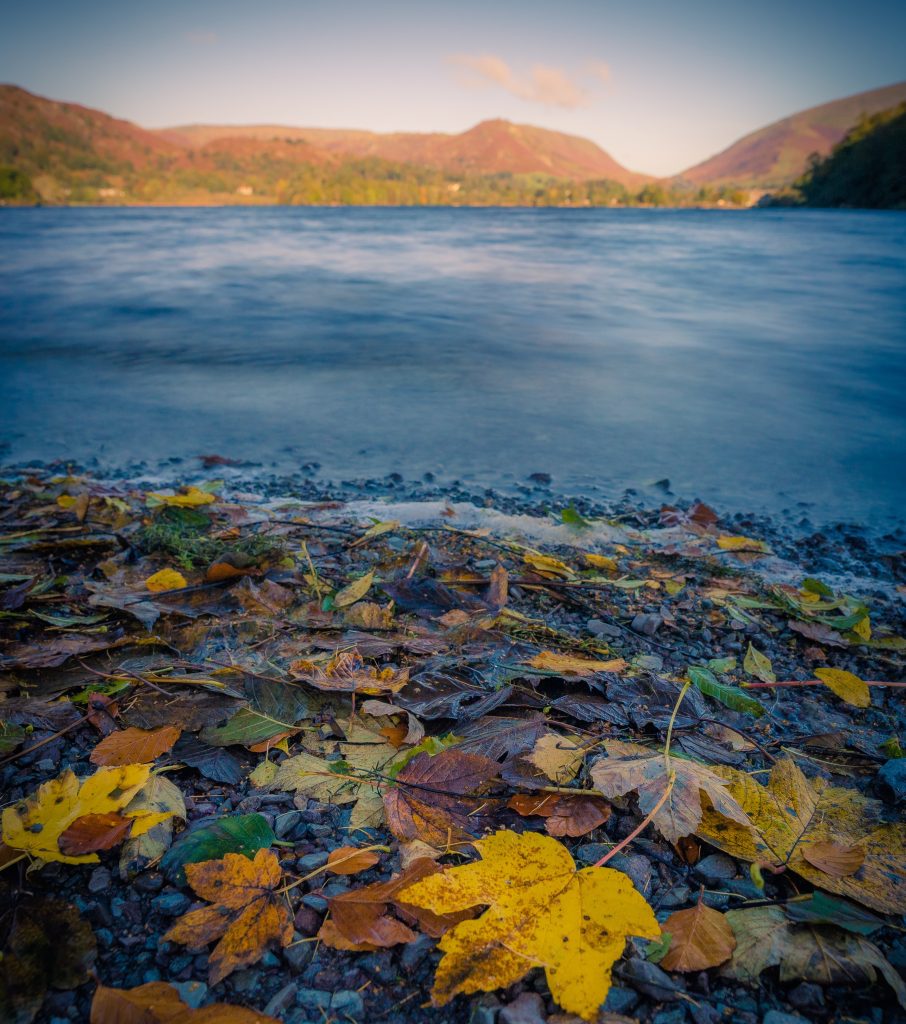
For 14 years, this village was the home of William Wordsworth and his sister until 1813, when they moved to Rydal. Though centuries have passed since Wordsworth lived in Grasmere, the village’s character is still intact, so you can see what inspired his writing. Slate cottages line the streets, and this village is one of the most visited locations within the Lake District.
What is there to do in Grasmere?
For those fascinated by Wordsworth, he and his sister lived in Dove Cottage (aka Wordsworth Grasmere), which has been preserved over the years and you can still visit it today. Various Romantic poets and artists came to stay in the cottage during Wordsworth’s tenancy, including Thomas De Quincy. At the time of writing, the cottage is open Tuesday – Sunday, 10am-4pm, with the last admission being 3pm. However, this is subject to change in the warmer months.
For those with a sweet tooth, The Chocolate Cottage and Sarah Nelson’s Gingerbread are both available for you to explore. The Chocolate Cottage offers over 30 different homemade chocolates, as well as a vegan range of chocolates for people to enjoy. Sarah Nelson’s Gingerbread was founded by Sarah Nelson when she perfected the recipe for her gingerbread in 1854. Now, the gingerbread is made using her original recipe and is sold in The Grasmere Gingerbread Shop, which was once her home.
For those wanting to take advantage of the picturesque views, Grasmere’s scenery and lakeside setting are a sight to behold. There is plenty of scenery to experience by hiking through the area. One of the more popular walks is Helm Crag walk, which will take you up to a peak of the same name. In the summer months, watersports are held in the lake nearby, and Grasmere has a range of cafes, restaurants, art galleries and independent shops that you can enjoy when you return to the village after your adventure.
2) Hawkshead
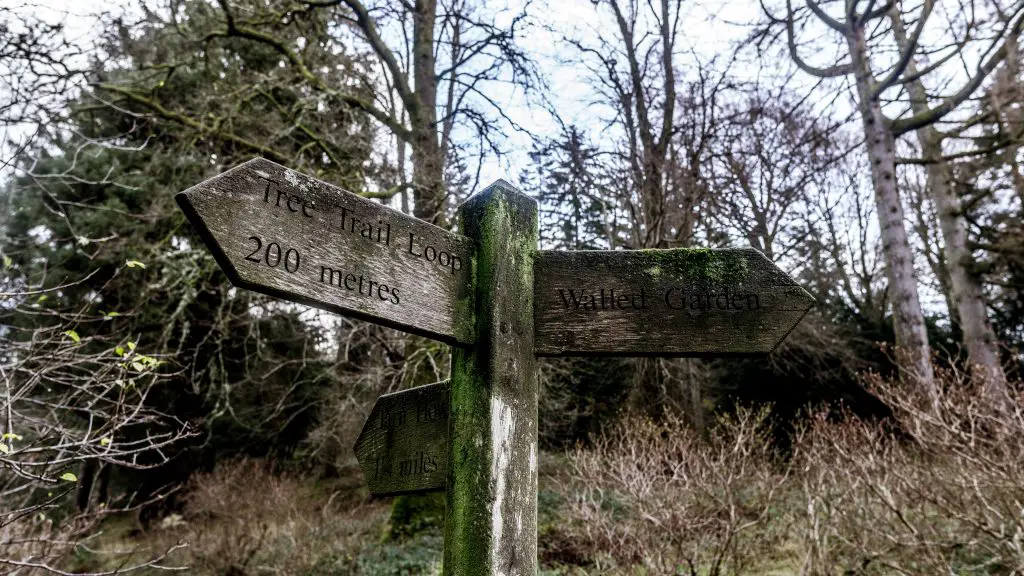
What is there to do in Hawkshead?
Hidden within Hawkshead are various historical sites, including Wordsworth’s former grammar school and the home of Beatrix Potter. The Beatrix Potter Gallery is in a 17th-century building which was once the office of Potter’s husband, solicitor William Heelis, and displays some of the work of the Peter Rabbit creator. At the time of writing, The Beatrix Potter Gallery is closed for the winter but is set to reopen in March 2023. During the summer months, Hawkshead has a lot of tourism, so there are plenty of inns, tea shops and gift shops to catch your eye. The cobbled streets, narrow ginnels and whitewashed buildings offer the sight of an attractive country village, and there are multiple pubs to tempt you with good food. In particular, The Queen’s Head is a 17th-century pub with wooden beams, and it has become a landmark in the area. The King’s Arms is another establishment, this time a hotel that offers food, and has been accepting guests since the Elizabethan era. Booking.com3) Ambleside Village
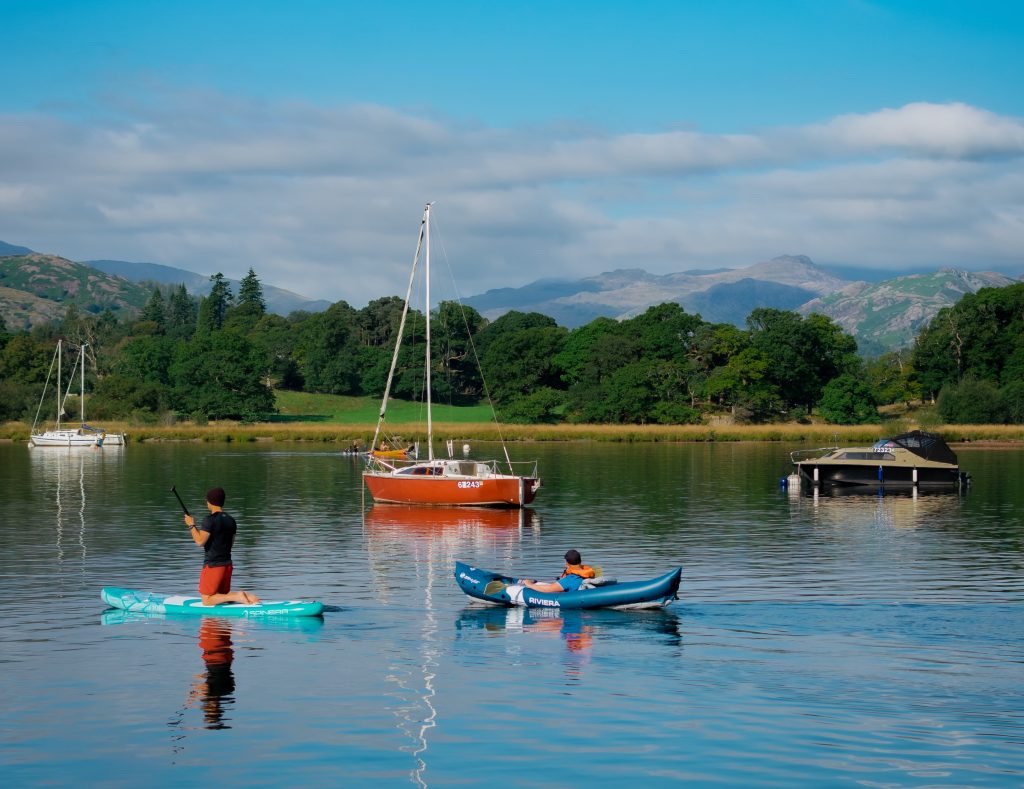
Ambleside is found on the edge of Windermere Lake and contains a lot of narrow, small roads. It contains an array of farm buildings and cottages, and Victorian stone buildings line the road. With the pubs, tea rooms and shops, there is bound to be something that catches your attention.
What is there to do in Ambleside?
If you are wanting to hike through the area, Ambleside is a good base to use when exploring the Lake District and is a short walk away from Stock Ghyll Force, a 20-metre waterfall approximately half a mile away from the village. You can also walk to Loughrigg Fell, where you can see the idyllic views from the top.
This town used to be a civil parish and still contains the well-known St Mary’s Church. Built-in the 1850s, this church has a Gothic spire, which is uncommon for Lakeland churches and can be seen across the village.
4) Keswick Village
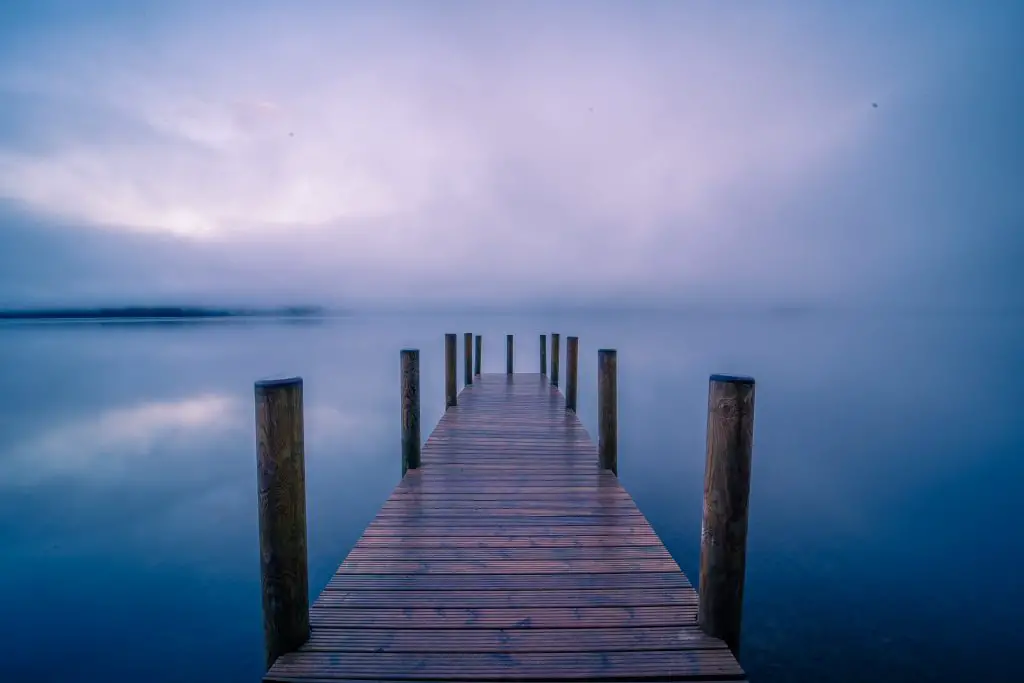
This village is between Derwent Water and Skiddaw Mountain, and it is the nearest town to Scafell Pike, the tallest mountain in England. With a population of over 5,000 residents, Keswick is a popular base for fell walkers.
What is there to do in Keswick?
For over 700 years, there have been Saturday markets in Keswick, and the only available high-street shops are White Stuff, Boots and Fat Face. Instead, there are a variety of shops that sell a collection of arts and crafts, including pottery and locally crafted paintings.
Since Wordsworth described it as an area of enchanting beauty, this location has evolved. Both the Derwent Pencil Museum and the Keswick Museum and Art Gallery are based here, and this village is the home to the first pencil in the UK. It has an amazing literary and arts scene and is thriving with activity between April and September.
5) Ravenglass Village
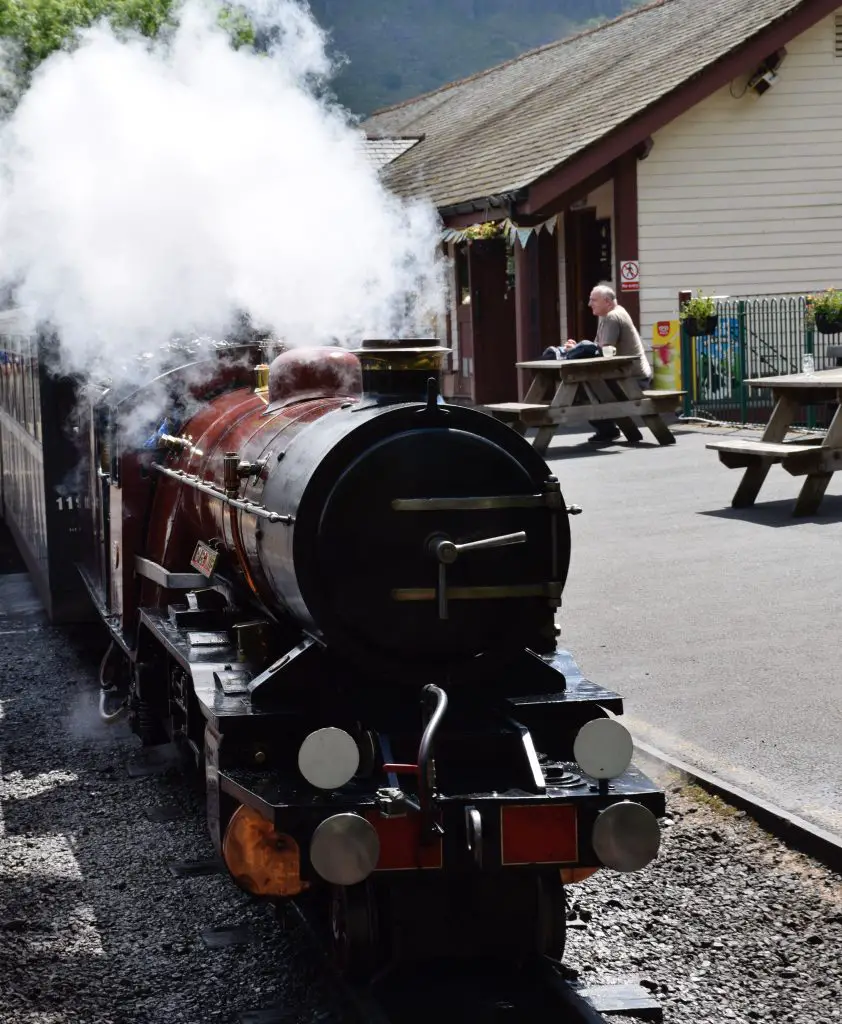
There is only one coastal village in the Lake District, and that is Ravenglass. It rests on the estuary where 3 rivers merge, and these are the River Mite, the River Irt and the River Esk, and fishing boats can be seen across the water. This is the gateway to Scafell Pike, and the rugged landscape is backed by the gorgeous mountain scenery.
What is there to do in Ravenglass?
Back in the 2nd century, Ravenglass was a Roman naval port, and there are the remains of a Roman Fort that you can explore. It contains a Roman bathhouse and is one of the tallest Roman structures to remain in the north of Britain, ideal for those with a fascination with history.
This coastal village holds the Ravenglass and Eskdale railway line, known as the La’al Ratty. The La’al Ratty was originally used as a mode of transport for mined goods, including copper, iron ore and granite, from the nearby mines into Ravenglass. Now, it is used for passengers who want to go towards the fells in Eskdale.
6) Kendal Village
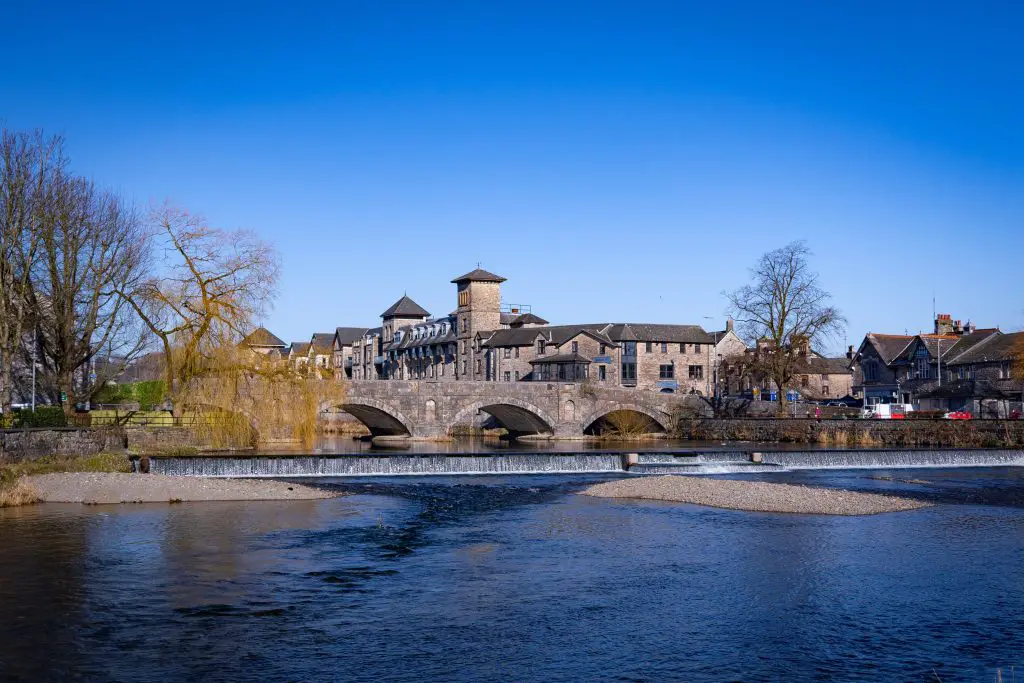
Thought to be the southern gateway into the Lake District, Kendal has a population of approximately 28,000 people and is renowned for Kendal Mint Cake. This sweet treat is ideal as a provider of energy whilst hiking.
What is there to do in Kendal?
Whilst once a woollen textile centre, the village is now a market town with a range of cafes and pubs, as well as shops for you to browse. The town centre has both locally owned and national shops within its shopping centres, and there are a range of museums for you to investigate.
The oldest museum in the UK, Kendal Museum, was established in 1796, but this isn’t the only attraction to see. The Natural History and Archaeology Museum and the Museum of Lakeland Life are also available, and the Abbot Hall Art Gallery showcases British art to its viewers. There is also the Kendal Parish Church and the Quaker Tapestry that you can explore, and you can visit the ruins of Kendal Castle to view the remains of the local history.
7) Cartmel Village
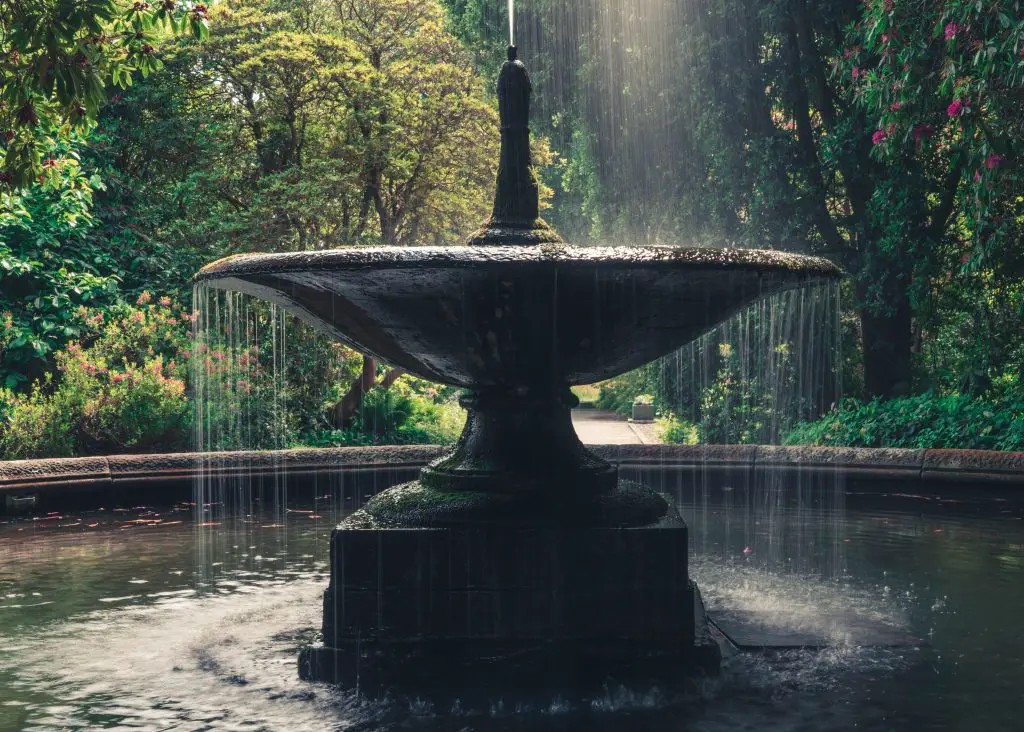
Located between Morecambe Bay and the Lake District, Cartmel is a food lover’s paradise with its cafes, pubs and restaurants. Voted one of the best villages to be found in England, it is famous for its sticky toffee pudding and Cartmel Racecourse.
What is there to do in Cartmel?
As the ideal location for food lovers, there is something for everyone, meaning you can find the ideal meal to suit your fancy.
Throughout the year, Cartmel holds an array of events, including dog agility events, racing at its racecourse and equestrian events. The racecourse has 9 different events between May and August, giving you a chance to enjoy the atmosphere.
This village has been a desired location for travellers since the 1100s, and there are a range of things to do in Cartmel, from exploring its history to wandering through the narrow streets and boutiques. Cartmel Priory has 800 years of history that you can discover, including its formation by the 1st Earl of Pembroke in 1189. The priory is open Monday – Saturday and is accessible for wheelchair users.
8) Bowness-on-Windermere
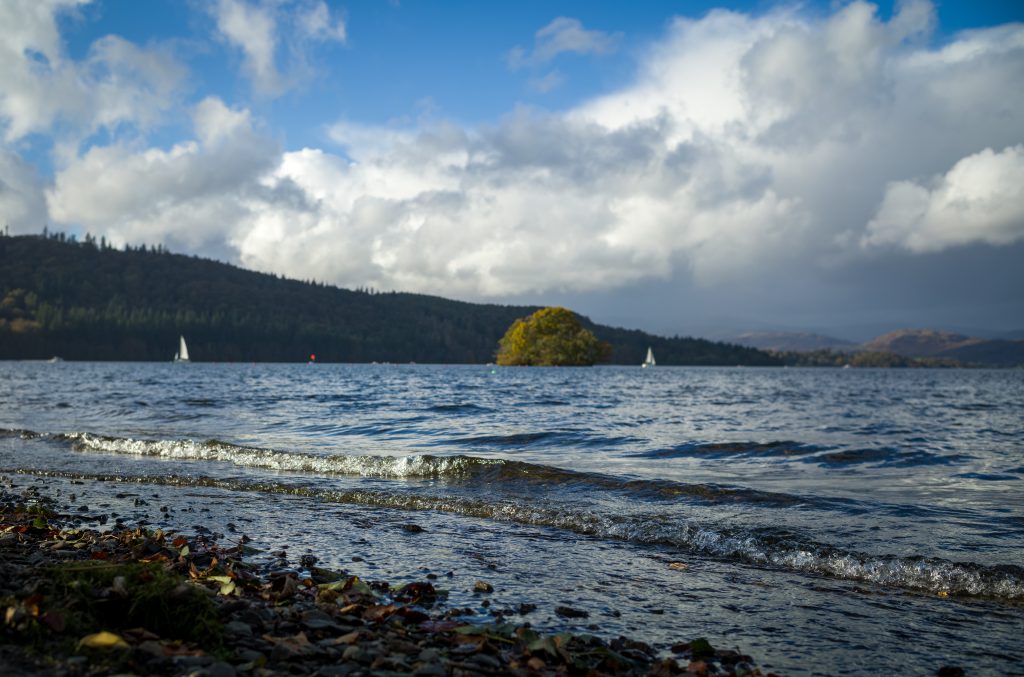
What is there to do in Bowness-on-Windermere?
Previously a fishing village, it is surrounded by Lake Windermere and contains a port, offering you ferries to Hawkshead so you can explore more of the Cumbria villages that form the Lake District. The lake also has a path called Windermere Way, enabling you to walk 72km around the lake and enjoy the scenery that accompanies it. For those wanting to remain within the village, there are numerous art galleries, antique stores and boutique shops for you to wander through and experience. The pubs and cafes provide a range of food and drinks for you to enjoy with friends and family, and the World of Beatrix Potter brings her beloved characters to life, making Bowness-on-Windermere a Lake District must-see. Booking.com9) Elterwater Village
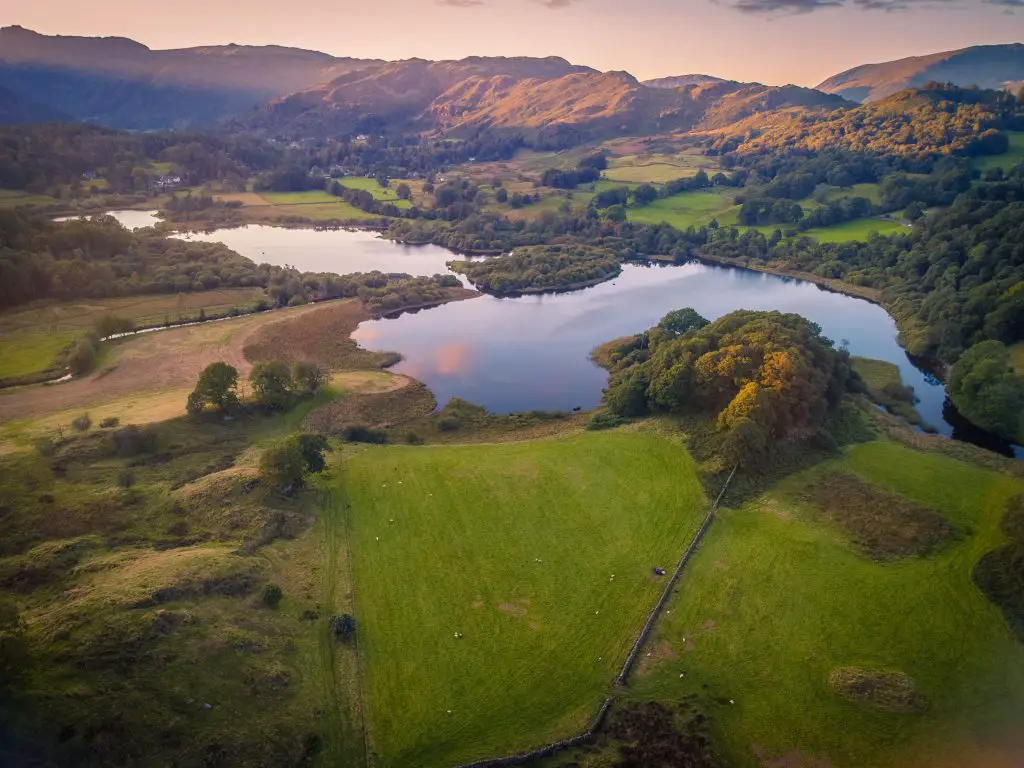
What is there to do in Elterwater?
Most of the houses in Eltermere are holiday cottages, with only a quarter of them being permanently occupied. This gives you the opportunity to stay in this beautiful area. The main streets of this village are lined with terraced houses, traditionally slate-clad, and white-washed cottages can be found down some of the side streets. A small river flows through to the lake nearby for you to explore. Booking.com10) Askham Village
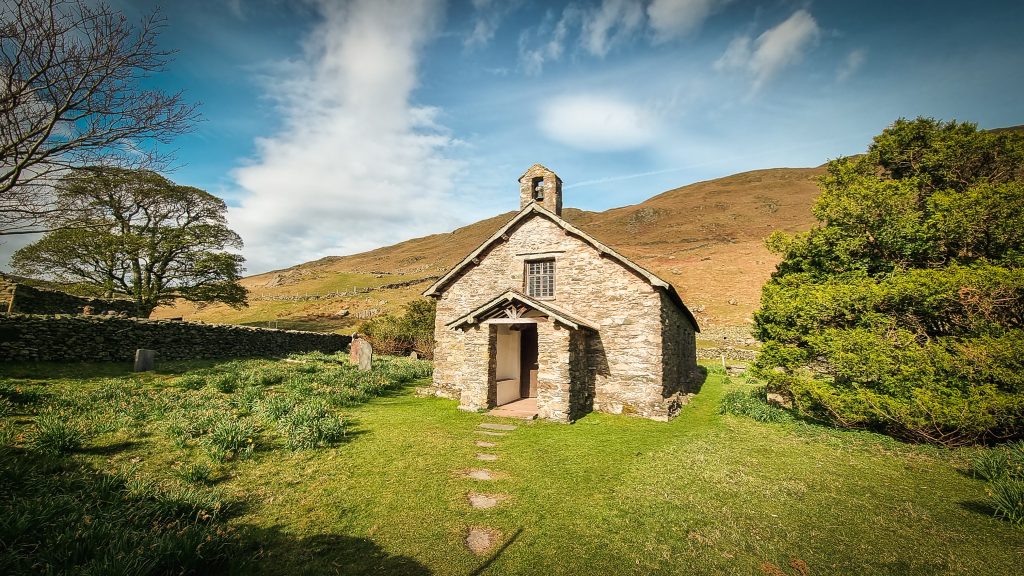
Askham is made up of an array of cottages and farm buildings and most of its buildings contain historical interest for you to discover. With its medieval origins and agricultural heritage, this Lake District village is an idyllic spot for you to visit.
This rural location is situated between the River Lowther and Askham Fell, and a small green space can be found in the centre of the village. The scenery shows off the trees in the landscape, some of which can be found within the village itself.
What is there to do in Askham?
Some of Askham’s historical elements are more known than others. Askham Hall is a Grade 1 listed building and is on the English Heritage ‘Register of Parks and Gardens of Special Historic Interest’. Incorporated into this hall is a defensive pele tower from the 1300s, and the top of the village offers views that contain Lowther Castle.
Booking.com
11) Seatoller
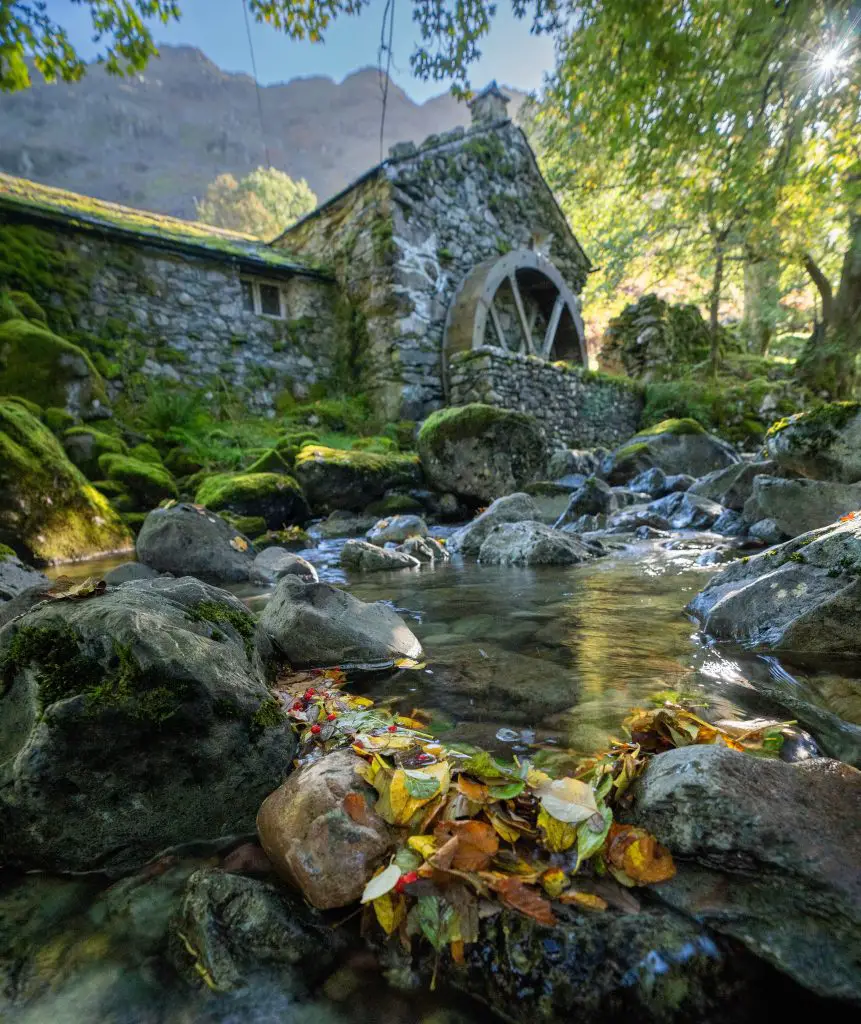
What is there to do in Seatoller?
This is the ideal place for people who enjoy hiking through the countryside. Seatoller is at the base of one of the famous high road passes in the Lake District, Honister Pass, and is also the starting point for people who want to climb Scafell Pike, the tallest mountain in England. Seatoller is surrounded by countryside for you to wander through, making it the perfect place for a walking holiday. You can also explore the fells surrounding the village, including Castle Crag, and discover the views that accompany the River Derwent. Booking.com12) Boot Village
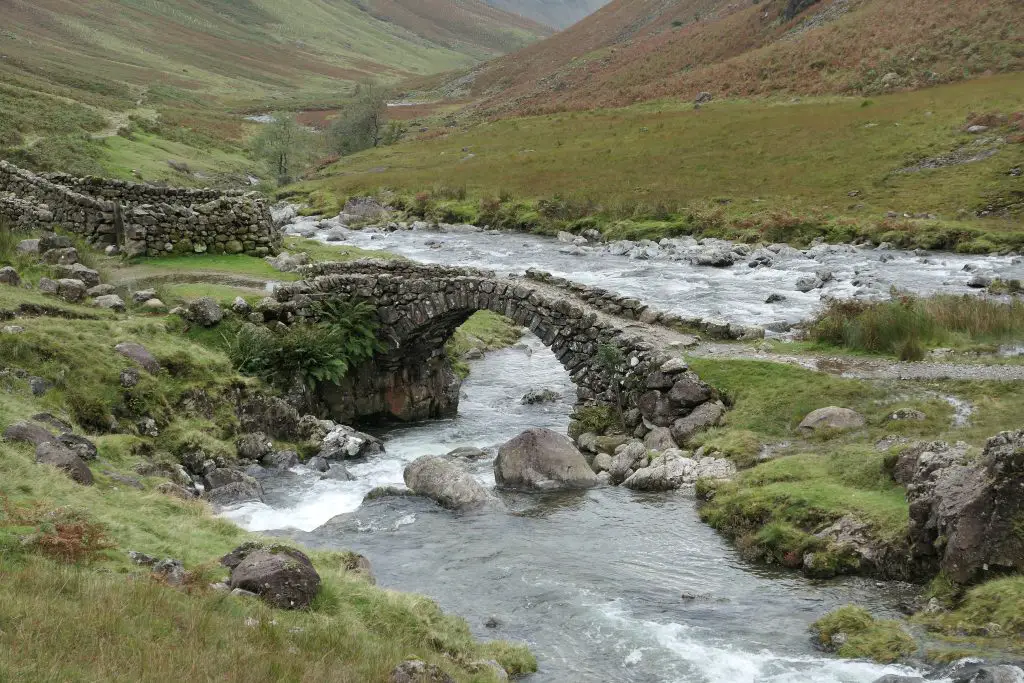
What is there to do in Boot?
Surrounded by mountains, there are a few beautiful buildings within Boot, and there are two traditional pubs that you can take advantage of. These are The Brook House Inn and The Boot Inn. There are only two roads into Boot, which includes the steepest road in England, and they are Hardknott Pass and Wrynose Pass. You can also visit this village by using the La’al Ratty through Dalegarth Station, which is approximately 300 metres away from Boot. For those wanting to explore the surrounding area, you can discover Burnmoor Tern and Blea Tern, as well as the surrounding fells. This area survives off the ramblers passing through, as well as those who use La’al Ratty and those who have their holidays in this location. There are many places in the Lake District area that you can explore so you can find that ideal location for your day trip or holiday. However, these aren’t the only locations you can discover. There are many places in the Lake District for you to visit that are less known, including Caldbeck, Kentmere and Wasdale. Though less busy, these areas are stunning to see and offer a range of things to keep you entertained. Take a look and see which villages in the Lake District are right for you. Booking.comFAQs
The Lake District is in the northwest of England, specifically in Cumbria. Its national park covers 912 square miles of land, and it is the second-largest national park in the UK. It is approximately 20 miles away from Carlise, a Cumbrian town only 10 miles south of the Scottish border.
There are approximately 7 miles between Grasmere and Windermere if measuring in a straight line. However, the distance via roads from Windermere to Grasmere is approximately 8.6 miles.
There are 3 different car parks in Grasmere, which are:
- Broadgate Meadow Car Park, Monday-Sunday, 9am-6pm, Pay and Display
- Red Bank Road Car Park, Monday-Sunday, 8am-6pm, Pay and Display
- Stock Lane Car Park, Monday-Sunday, 8am-8pm, Pay and Display
Hawkshead beer is based in Staveley in the Lake District, which is between Windermere and Kendal. It can also be purchased online on their website.
The ferry between Bowness and Hawkshead is open to the public. During Greenwich Mean Time (GMT), which is between the last Sunday in October and the last Saturday in March, the first ferry leaves Bowness at 6:50am. The final ferry from Bowness to Sawrey leaves at 8:50pm, and the final ferry from Sawrey to Bowness leaves at 9pm. On Sundays, the first ferry leaves Bowness at 8:50am.
During British Summer Time (BST), which is between the last Sunday in March and the last Saturday in October, the first ferry leaves Bowness at 6:50am. The final ferry from Bowness to Sawrey leaves at 9:50pm, and the final ferry from Sawrey to Bowness leaves at 10pm. On Sundays, the first ferry leaves Bowness at 8:50am.
Ravenglass is a village in the Lake District in western Cumbria and is on the coast beside the Irish Sea. If you are travelling to Ravenglass via car, it is off the A595, which goes between Dalton-in-Furness and Whitehaven. It is also approximately a mile away from Muncaster Castle, and the village can be accessed via the Ravenglass and Eskdale Steam Railway, also known as La’al Ratty.
The Ravenglass and Eskdale Railway allow dogs on their trains, although they are not allowed in the Observation Carriages. However, they are permitted to be in some of the inside areas. If your dog is an assistance dog, they are welcome throughout the attraction.
If you are travelling with a dog, a small fee will need to be paid for a dog ticket.
Romney’s Kendal Mint Cake is located in Kendal, Cumbria, where they produce over 100 tonnes of this sweet treat a year. If you are not currently near Kendal, it can be bought via their online shop, along with the other items they have available.
Kendal Mint Cake can also be found in shops such as Go Outdoors.
Cartmel Racecourse is located in Cartmel, Cumbria. If driving to the racecourse, you can leave the M6 via the A590 using junction 36. For racing events, yellow event signs will be there for you to use from the A590 to help guide you to the racecourse. If these signs are not in place, follow the signs for Barrow and Ulverston. When you get to the High Newton turn-off, follow the signs for Cartmel Priory.

